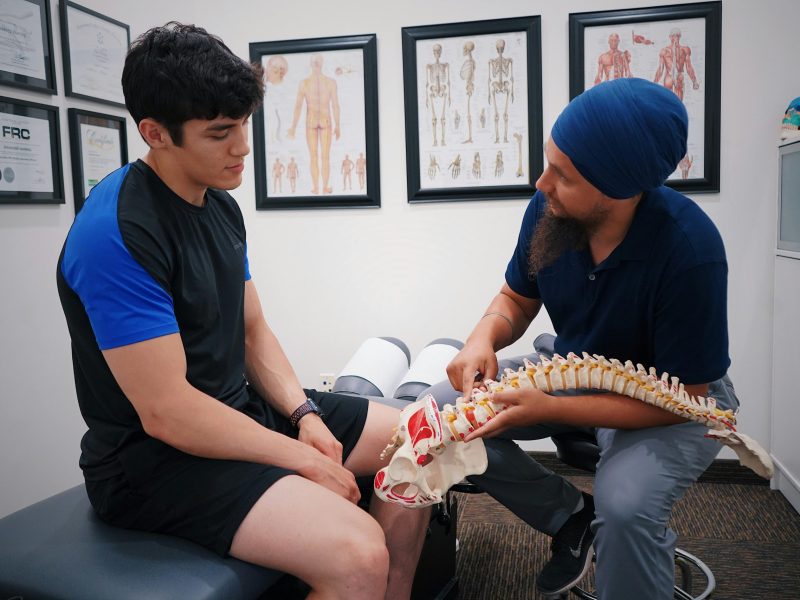Spinal cord injury (SCI) refers to damage sustained in the spinal cord, caused by trauma or non-traumatic factors such as diseases, infections, vascular damage, degenerative processes, or tumors. Such injuries result in either complete or partial loss of autonomous, sensory, and/or motor functions below the level of injury. Depending on the location and severity of the injury, individuals may experience varying degrees of impairment.
People with SCI often develop muscular weakness due to primary factors related to the injury itself and secondary factors resulting from subsequent loss of mobility. Effective treatment, rehabilitation, and healthcare education are crucial to prevent complications.
Rehabilitation Options for Individuals with SCI
There is abundant literature today on rehabilitation treatments suitable for both acute and chronic phases of SCI, including therapeutic exercise, biofeedback, vibration therapies, robotic applications, and electrostimulation. This article focuses on one of these methods: electrostimulation.
Electrostimulation involves applying electrical currents to strategic points on the body. Depending on the parameter settings, it can serve various purposes:
- Analgesic purposes: for neuropathic pain relief.
- Motor purposes: to prevent muscle atrophy, complement strengthening programs, or initiate coordinated movement among different muscle groups to perform a function.
Electrotherapy can be applied invasively or non-invasively. This document focuses on non-invasive interventions:
- Neuromuscular Electrical Stimulation (NMES): Uses electrical impulses on muscles, causing contractions through the skin surface. NMES helps reverse muscle mass loss and enhances functional movement similar to traditional muscle exercise. It can also be combined with repetitive movement therapy to facilitate motor relearning.
- EMG-Triggered Neuromuscular Electrical Stimulation (EMG-NMES): Electrical stimulation is triggered only when voluntary effort, detected by surface electromyography (EMG), occurs. This method requires motor control and cognitive skills from the patient.
- Functional Electrical Stimulation (FES): Involves electrically stimulating affected muscle groups to contract in a coordinated manner, facilitating functional movement or tasks. FES aids in increasing strength and motor recovery in paralyzed muscles due to neurological injury.
- Transcutaneous Electrical Nerve Stimulation (TENS): Uses superficial electrical impulses to relieve pain by selectively stimulating A-beta afferent fibers and blocking nociceptive signals. Different techniques are employed based on the frequency used. TENS is also applied for spasticity modulation.
- Transcutaneous Spinal Cord Stimulation (tSCS): Recent research focuses on electrically stimulating the spinal cord through electrodes placed in the epidural space. While promising results have been shown with implanted devices, transcutaneous approaches are sought for broader application in SCI rehabilitation. Studies using transcutaneous methods have demonstrated favorable outcomes in activating neural networks within the spinal cord, resulting in increased lower limb motor response, improved voluntary movement, strength, and function.
Conclusions
All mentioned applications of electrostimulation impact muscle trophism, making them preferred interventions for individuals with secondary weakness due to SCI. These applications can be combined with therapies requiring other devices; for instance, combining FES for gait with robotic assistive devices enhances muscle contraction effects with mechanical assistance.
Incorporating electrostimulation into SCI rehabilitation programs offers significant therapeutic benefits, contributing to improved muscle function, mobility, and overall quality of life. For more information on how electrostimulation can support SCI rehabilitation, please contact us at Glavic Clinic.


